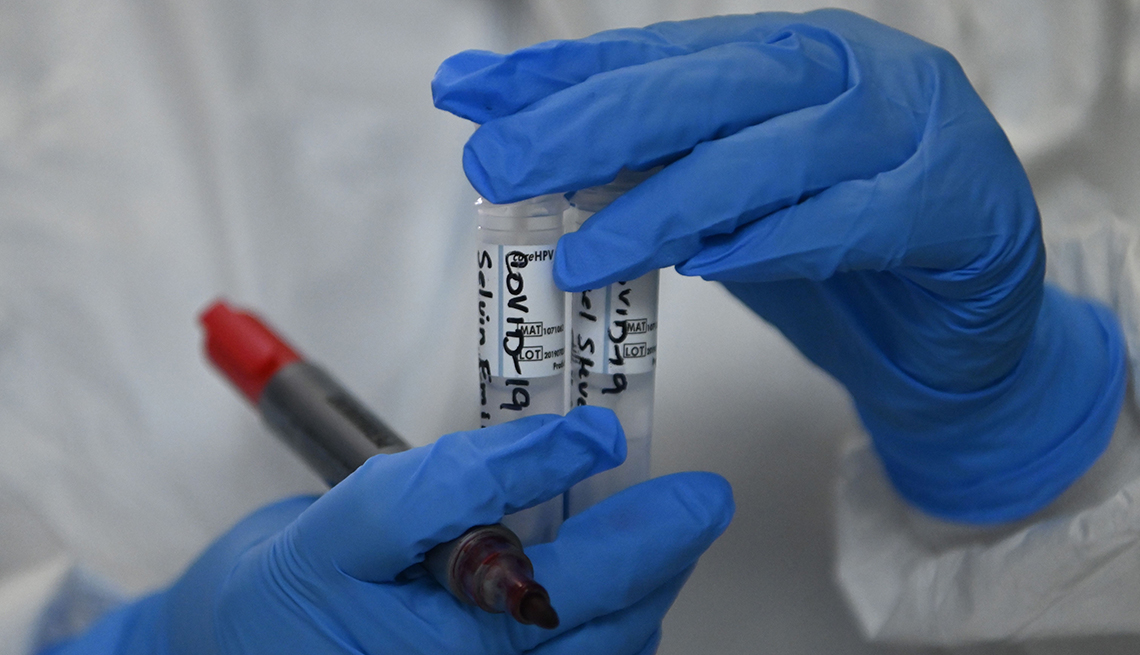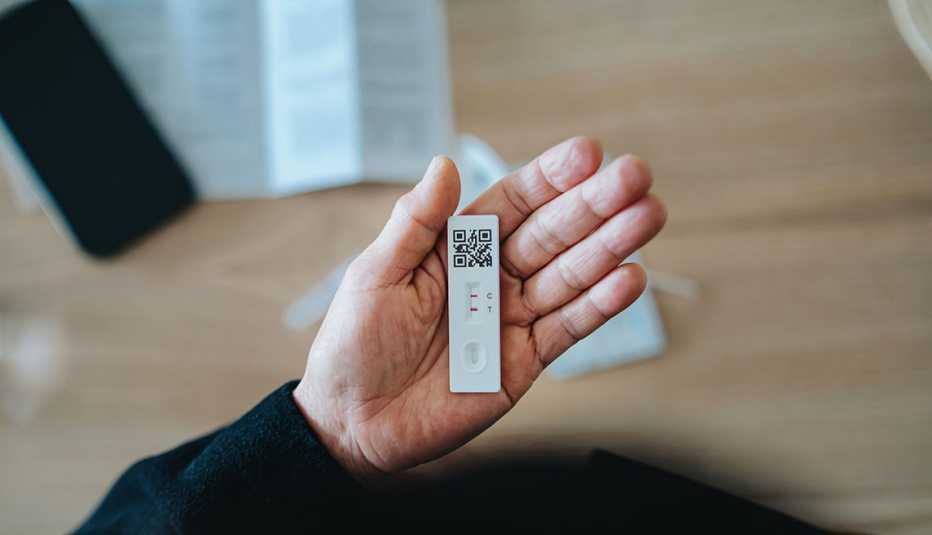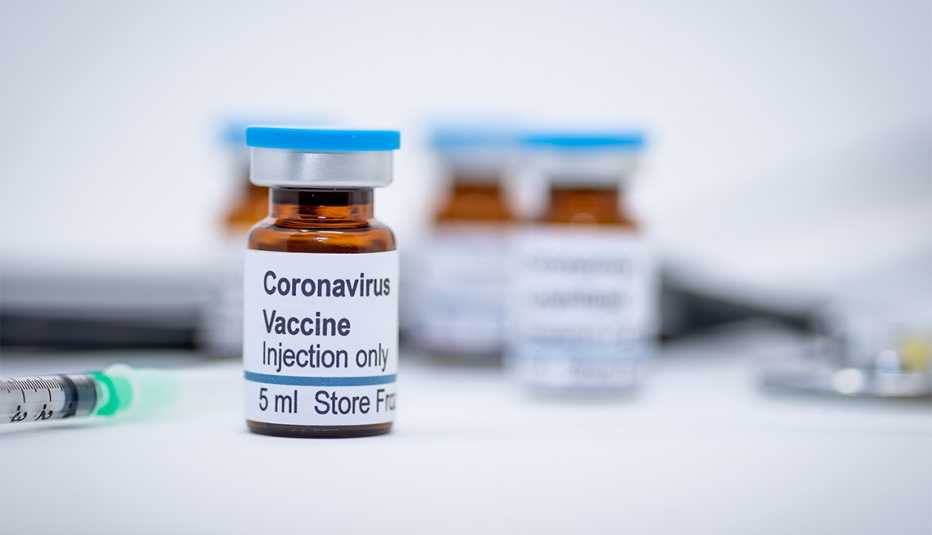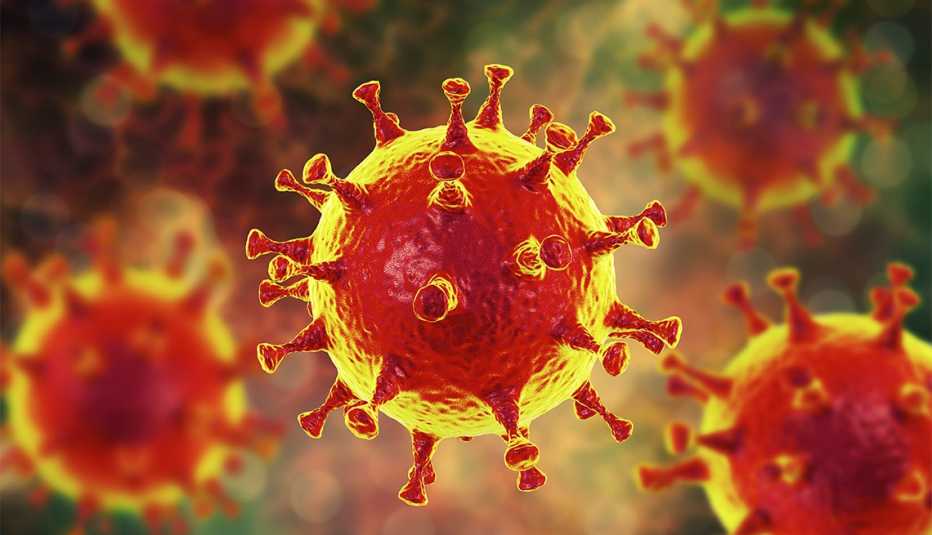Staying Fit
Omicron’s BA.5 is still the dominant subvariant of the coronavirus circulating in the U.S., but a few strains are quickly catching up to it, and experts are keeping a close eye on their potential to upend the progress made since last winter’s surge as we head into another cold-weather season.
Among the emerging subvariants are BQ.1 and BQ.1.1, two offshoots of BA.5 that together account for roughly 44 percent of coronavirus infections in the U.S. (BQ.1 causes about 20 percent of COVID-19 cases; BQ.1.1 accounts for about 24 percent.) In some areas of the country, their proportions are even higher, data from the Centers for Disease Control and Prevention (CDC) shows.


AARP Membership— $12 for your first year when you sign up for Automatic Renewal
Get instant access to members-only products and hundreds of discounts, a free second membership, and a subscription to AARP the Magazine.
Trailing them is BF.7, also an omicron descendant, which is behind about 8 percent of COVID-19 cases in the country. Then there’s BA.4.6, which accounts for nearly 6 percent of coronavirus infections.
It’s unclear whether the new crop of subvariants will drive a new wave of illness this winter, like we’ve seen when delta and omicron surfaced. But we do know that viruses, including the one that causes COVID-19, spread more quickly and easily in the winter when people spend more time inside, White House COVID-19 Response Coordinator Ashish Jha, M.D., told AARP.
It’s also become apparent that BQ.1.1 has “a very high degree of immune escape,” Jha said, meaning its mutations make it better able to slip past the body’s defenses. If it’s been nearly a year since you’ve been boosted for COVID-19 or infected with the virus, “you're not going to have very much protection against BQ.1.1,” Jha said.
COVID-19 cases in the U.S. have remained relatively low this fall compared to summer counts, though the University of Washington’s Institute for Health Metrics and Evaluation (IHME) predicts that infections will pick up in December and January.







































































